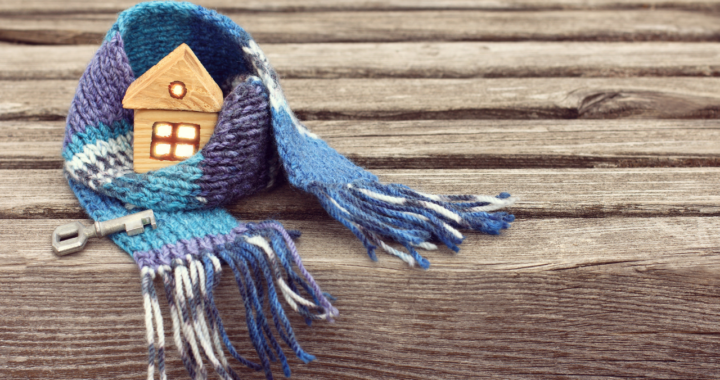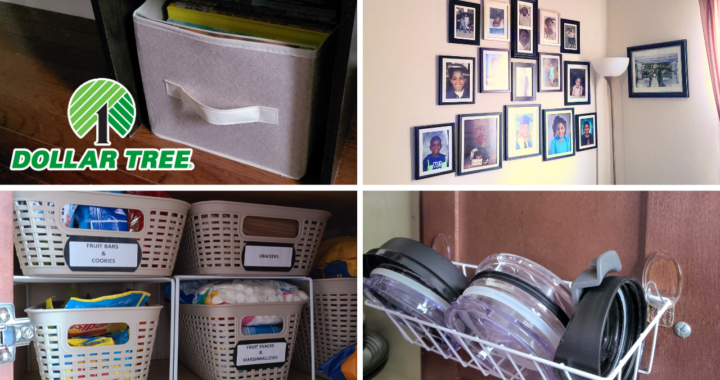Winter is here! And by now you’re starting to feel the biting chill of the season in your home and in those rising gas and electricity bills and like so many of us you’re trying to figure out ways to keep those bills to a minimum. So, here are tips to help you keep those heating costs down while still keeping you comfortable through the winter.
HOME INSULATION
In your home there may be spots where you can feel air actually blowing into the house. Years ago, it was so drafty in my bedroom we could smell the cold coming in around the windows. Since that time we’ve had new windows professionally installed. But for years we had to do different things and one thing we had to do was Seal up any Drafts we had around our windows and doors. You can use weather stripping and draft stoppers to help close up any gaps you might find. And there are a number of DIY Insulation options you can try. You can make some cheap draft blockers by filling old socks with rice or beans. and putting them at the bottom of your external doors. You can also attach a strip of Velcro to keep it on the door so that when you go out of the house that draft blocker is still doing its job.
DIY Window Insulation is a cost effective option for you. You can caulk any gaps or cracks you see around the window. If you’re having a hard time identifying exactly where the gaps are that might not be as easy to see, you can use a lighter and slowly move around the edges of the window. If the flame blows when you reach a certain area, then you know that’s a spot that needs to be sealed. Another option is to dampen your finger or hand and move around the window and when you feel that extra coolness, you know that’s a spot you can seal as well. Use bubble wrap or clear plastic film to cover your windows completely. You can use the plastic drop cloths that people put down when they’re painting. And if its really drafty like it was in my house, you’ll see and hear that plastic blowing which is letting you know just how much air its really blocking. We started buying the shrink-to-fit plastic insulation kits for our windows (https://amzn.to/48rla0S) which helped to reduce that extra movement of the plastic when the wind was whipping in.
Another issue that could be coming up for you is poor wall insulation. If you feel the inside of your external walls which are those walls that separate the inside of your house from the outside, if when you feel those walls, they always feel cold, you might have poor insulation in your walls and the only real way to know is to open the wall up and take a look. But short of doing that, one of the things we did in our back rooms, where that was an issue, was we stapled flannel blankets to the walls. There are also some more decorative options that people use where you can install carpet to the wall creating a nice focal wall or even use a kind of a faux grass and it's used as a design element but it can also help your room to retain the heat and give you a nice interior insulation option.
Then as an additional measure, it might be helpful to move your couches away from those external walls – especially if you have leather furniture because the cold walls will make your seating a little colder than if they’re away from those colder areas.
Also, homes can lose a lot of heat through the window panes themselves since the glass is relatively thin. So an inexpensive way to help retain heat, is to hang blinds and hang Thermal Insulating Curtains or black out curtains. Or what I did in my son’s room was buy a $4 piece of flannel from Walmart and used some hem tape to create the casing for the rod. The flannel helps to retain the heat on the room side and block the cold on the window side. And the blinds just offer an additional layer of draft blockage.
You can also do the same for home entryways by hanging heavy blankets over the doors to reduce or prevent drafts.
SELF INSULATION
After you've gone through and insulated your home your next step can be to insulate yourself. Just try wearing multiple layers of clothing to help keep you warm when you're in the house. Remember it is winter! I know a lot of times people want to walk around their homes and they're shorts and T-shirts and that's fine because you wanna be as comfortable as possible but if it's winter time and you wanna keep your heating expenses down, you have to layer up and you can have on that t-shirt but just maybe throw a nice cardigan over it, put on some thick socks and slippers, stock up on some fleece-lined sweatshirts or hoodies and sweat pants – I got myself and my husband a few from Walmart this season - grab your favorite knit sweaters, and a plush fuzzy robe. All of these can help keep you warm even when you want to keep the temperature low.
Another energy efficient way to keep warm is to use an electric blanket. And I typically use mine when I’m sitting up watching a movie or just relaxing in the living room. It also kind of does double duty if I have any aches and pains because it relaxes the muscles almost like a heat massage.
If you don’t have an electric blanket, you can try using a Hot Water Bottle or microwavable heat pack or if you don’t have one of those you can soak some hand towels or dish towels in steaming hot water, put them into a gallon-size Ziploc bag and bundle up with it to stay warm without turning up the thermostat.
HOME HEATING OPTIONS
Now that everything and everybody is well-insulated, you can focus on actually putting heat into the house without worrying about it just drifting outside.
So if you have a centralized heating system, you should consider getting a programmable thermostat, particularly if you are away from home for a number of hours each day. It is a great way to make sure that your not running the heat when you don’t need it. So the way programmable thermostats work is that you can set different temperatures for different times of the day based on your schedule. At night, while you are in your bed and under your warm covers you can keep the temperature of the house lower and then have it set to automatically increase the heat as it's nearing the time when you know you have to get up in the morning. I know for myself it is particularly difficult to get up in the morning when it feels cold outside of my covers so I set the thermostat to increase the temperature about 1/2 an hour prior to the time I know have to get up so that I'm met with more warmth to get up and start my day. Also if you work outside of the home you can set the thermostat to automatically reduce the heat so that the 8 to 10 hours that you're outside of the house, less energy is being used and keeping your costs down.
Another tip is to Maximize the Sunlight in your home wherever possible. Open curtains and blinds during the day to let in natural sunlight because its offering you FREE HEAT! When the sun is shining through your windows, that means there’s less cold coming through the window at that time so its safe to have the curtains open. Then at night, just close those curtains back up to retain warmth inside the house.
One way you Optimize your Heating resources is to lower your thermostat and just use space heaters strategically throughout your home. When I was single, I would keep my thermostat temperature low – and side note – low is a relative word when it comes to heating your home. Low for me might not be low for you and low for you might not be low for me. But, low for me is about 65 degrees. And then I had two space heaters, one I kept in the hallway on the second floor and I would just have the bathroom door and my bedroom door open and one I kept in the living room downstairs. Then, when I knew I needed to spend any length of time in one of the other rooms, I would move the space heater to that room. Overall, it costs much less to keep the whole house thermostat low and just run the two space heaters so your only heating the space your in. Also, for many space heaters, you can adjust the thermostat. You can either keep it on the highest setting which means its running continually or you can turn the dial back to about ¾ of the way, and the heater will turn itself off and on to stay only at that temperature setting, thus using less electricity.
If your home has radiators you can install Reflective Panels behind your radiators to direct heat into the room. This is especially helpful if you have radiators on any external walls because heat naturally gravitates toward cold spaces and surfaces so the reflective panel bounces the heat back into the room instead of the heat being absorbed by the wall.
You can buy premade radiator reflective panels or make your own by wrapping and smoothing heavy duty kitchen foil around a piece of plywood and placing it behind the radiator.
Humidifiers are also useful for adding heat to your home particularly in small or enclosed rooms. It’s not necessarily going to replace a space heater, but, the additional steam and moisture remains in the air while the door is closed and won’t increase your energy bills as much. Also, because the air is already dry in the winter, and its cold and flu season, the moisture produced by the humidifier is really helpful for keeping the sinuses open and adds to your comfort overall.
And finally, if you are someone who is living on a low income and you are really struggling with paying your heating bills, there are government programs that have been set up and designed to assist you with grants that can cover a portion of your gas or electric bills this winter – they pay directly to the utility company for you. Go to usa.gov/benefits to learn more about how to apply for assistance. Please take advantage of the programs that are out here to help you when you need it most.




